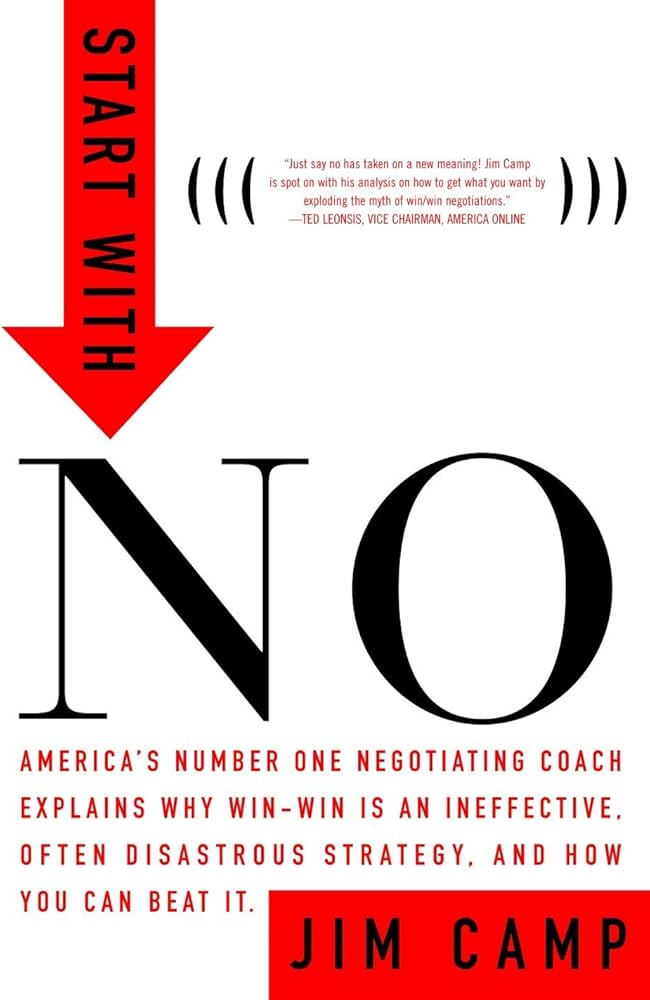
Sales techniques: negotiating around the no
 Published by Staff – 20 April 2023
Published by Staff – 20 April 2023
If we decided to start this article with the mythical song Je t’aime moi non plus by the duo Gainsbourg/Birkin, it is not to praise the French variety (if a little bit) but it is especially to show that it is not always useful in negotiation to always try to say yes and/or to want to be loved. No” is a very positive word. In some cases, it may even be advisable to run after it… Here are three first steps to follow to make “no” your ally.
1. The yes needs the no to win…
To have value, the yes always needs a no as Jean-Pierre Raffarin, former Prime Minister, brilliantly said.
More seriously, in a sales meeting, putting a “no” on the table is above all giving your customer a sense of freedom. It’s simply telling them that they are in control of their decisions and that they are under no pressure from anyone.
Here are some examples of possible formulations when starting an interview:
- “The objective is to present you with some recent experiences and see with you if you find an interest that justifies digging deeper into the track of a collaboration between our two companies.”
- “I propose to show you examples of recent interventions and we will see together whether or not it is worth going further.
- “Given what I know about your company, I think we can help you and that’s what I would like to validate by presenting you with some recent experiences. But maybe I’m completely wrong and in this case don’t hesitate to tell me”.
Saying to your prospect “don’t hesitate to say no” may seem daring, but it is precisely effective because it is based on the strength of the “feeling of freedom”. Moreover, it is also a way of telling your contact that you really want to move forward with him, but that if you don’t, it’s not the end of the world…
2. Negotiating around the no

Yes, the “win-win”…let’s talk about it if you will. A concept that has been hammered home for decades and still remains legitimate in the long run. But beware, by dint of telling ourselves that we must negotiate “win-win”, many people forget that the best way to start is simply to say “no”… Because by starting with a “no”, our interlocutor will have the opportunity to talk and make a counter-proposal (this is called the “anchoring” technique) and that’s where the beauty of the game begins! You will argue, propose another offer…in short you show that you know how to negotiate.
For those who want to go further: read the book Start with no by Jim Camp
3. No thanks, that’s all
After prospecting and negotiating, let’s finish with the subject of closing the sale. How and when to close?
Let’s take the case of a customer in a store. The salesperson often has that unforgivable phrase “will that be all?” Well instead of closing a sale too quickly, let’s try to push the sale as far as possible! Let the buyer in his momentum and why not the pleasure of finally telling us “no” during an additional sale. This will be the best signal to understand that the sale of the day is well over and that it is time to close your sale. The best salespeople say: do you want something else?
Did you like this article? Share it




